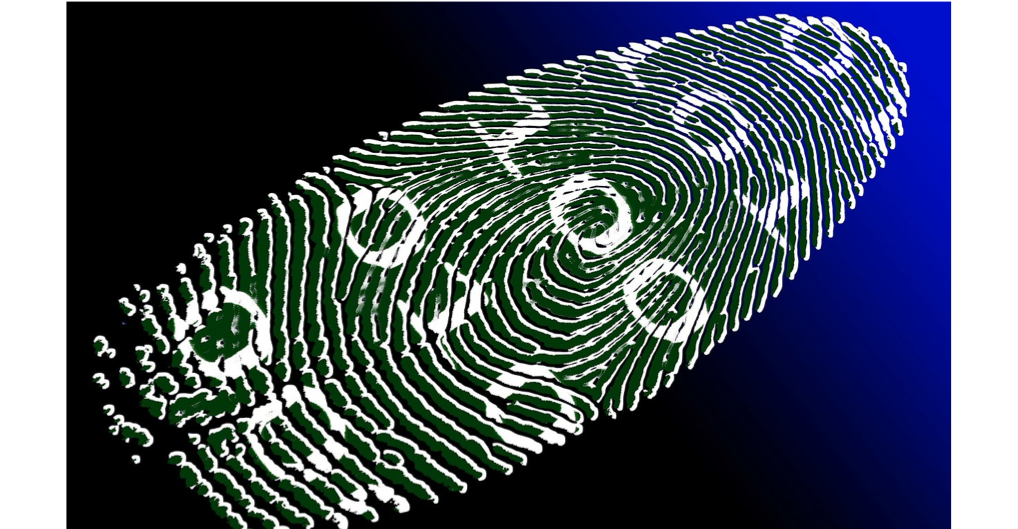Angelman Finally Gets Own Disease Code and Way to Track Patient Numbers
Written by |

Angelman syndrome finally gets its own unique disease code: Q93.51.
What a difference a number makes — in this case, the “1” at the end of Q93.51.
The added digit, announced today by the Angelman Biomarkers and Outcome Measures Alliance (A-BOM), will for the first time give Angelman syndrome (AS) its own unique disease code — crucial not only for research into this disease, but for even understanding how many people have it.
The Q93.51 designation takes effect Oct. 1. It follows a move by the National Center for Health Statistics — a division of the Atlanta-based Centers for Disease Control and Prevention — to separate Angelman from the more generic Q93.5 category, which includes several hundred other genetic diseases. The International Classification of Disease (ICD) is the international standard for reporting diseases and health conditions.
The new, more specific code allows scientists to conduct epidemiologic research on Angelman, determine true morbidity and mortality rates, recruit patients for clinical trials, track outcomes of clinical interventions, and develop protocols for standard of care.
“It won’t happen instantly, but as people are admitted to the hospital or treated at doctors’ offices, or as they die, the number Q93.51 will get put on their records,” said Terry Jo Bichell, MPH, PhD, director of A-BOM. “Then whenever we see that unique number, we can track what’s happening.”
For example, she said, researchers will soon have the ability to calculate the average age at which patients are hospitalized for AS, as well as to determine the cause of death for people with the illness.
“We’ll be able to see if people treated with certain kinds of anti-epileptic medicines correlates with fewer hospitalizations, or whether certain treatments worked better than others,” Bichell said in a phone interview from Nashville. “It’s a way to figure out how many with Angelman syndrome are really here.”
Bichell said that to the best of her knowledge, Angelman affects at least 30,000 people in the U.S., “and there could be twice that much. We don’t really know.”
The existing Q93.5 code, she added, “also includes 200 other diseases — mostly ones caused by chromosomal deletions that also got lumped into that category — so it was meaningless.”
Way of improving diagnosis, treatment
Arthur L. Beaudet, MD, whose lab identified UBE3A — the Angelman gene — in 1997, said having an ICD-10 code will dramatically improve diagnoses and treatment for AS patients.
“I just looked back, and I see that my first publication on Angelman was in 1993 — 25 years ago,” Beaudet told Angelman Syndrome News by email. “At that time, the majority of patients went undiagnosed, the gene was unknown, and Dr. [Harry] Angelman attended our meetings. Now, most patients in developed countries are diagnosed early, and we have some promise for a definitive treatment.”
Raquel Cabo is vice-president of global market access for Ovid Therapeutics, which is developing a potential treatment for Angelman. She said the new code “is fundamental in supporting efforts to ensure patients have access to new medicines” to treat the disease.
“Until now, there has been no systematic way in the United States to identify an Angelman diagnosis. However, thanks to the collaborative efforts of the broader AS community, this will no longer be the case,” she said. “A unique ICD-10 code enables researchers to study AS at a systems level to understand the full impact of a disease on patients, caregivers and society.”
Bichell said her group is helping the Foundation for Prader-Willi Research as well as the Dravet Syndrome Foundation get their own unique disease codes, too.
“In the previous iteration, ICD-9, there was a code for Prader-Willi, and no code for Angelman. But when the rest of the world adopted ICD-10, at that point Prader-Willi fell through the cracks. That’s ridiculous. The way the system works, it’s an international classification of diseases done through the World Health Organization,” said Bichell, who has a son with Angelman.
But the U.S., she added, is “well behind the rest of the world. Right now, for example, the rest of the world is about to adopt the 11th system of coding; the U.S. is still on ICD-10-CM” — a clinical modification of the WHO standard.
“These codes are not directly linked to reimbursement, but if you have certain diagnosis codes, many insurance companies automatically reimburse certain services and not others,” she said. “Not having that code could severely impact what you receive in the U.S. healthcare system.”







